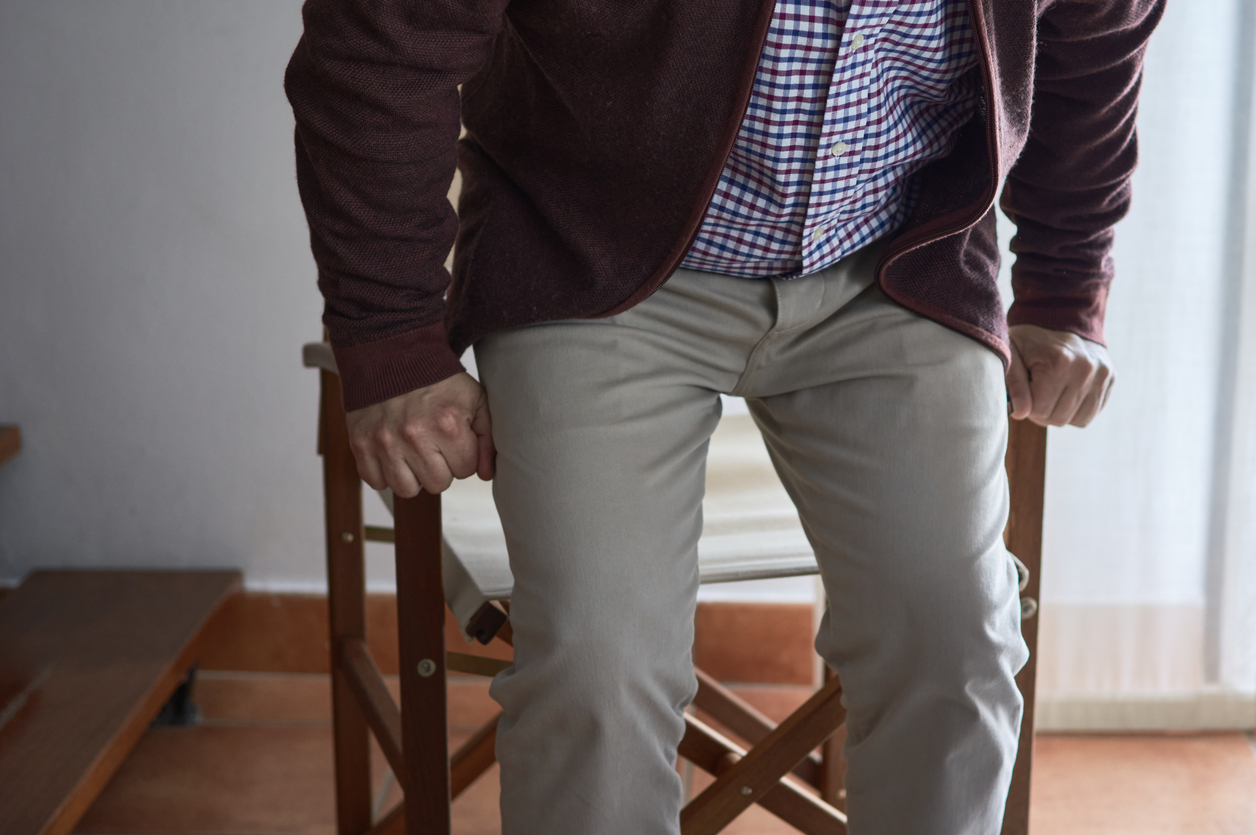Sit-to-Stand Exercise: The Best Way to Improve Senior Mobility
 Unless they are proactive about exercising, seniors can begin to lose muscle strength and mobility as they age. This can unfortunately make them more dependent on others.
Unless they are proactive about exercising, seniors can begin to lose muscle strength and mobility as they age. This can unfortunately make them more dependent on others.
One of the best exercises for them to retain mobility is the sit-to-stand exercise. This functional exercise targets and strengthens leg, core, and back muscles, which help with balance and mobility. The ability to stand up from a chair helps with a number of essential activities, from getting out of bed to getting up from the toilet and from any sitting position. Being able to continue doing this important movement makes a huge difference in everyday life for older individuals.
Fortunately, this particular exercise doesn’t require any equipment and is fairly basic. It can also be done anywhere you can put a chair. The best part is that you can add steps to make it more challenging as the senior’s strength increases.
Here’s an overview of the exercise instructions, as well as recommendations for how many repetitions to do and safety tips for the senior to keep in mind while exercising:
1. Basic Sit-to-Stand Exercise:
– Scoot or walk hips up to the edge of the chair.
– Bring toes back underneath knees.
– If desired, use arms to push off the chair or off of knees.
– Lean forward a bit to bring nose over toes, and push up with legs to a standing position.
– To sit, bend a little at the knees to push hips toward chair and lower the body to a seated position.
– Pause before doing the next repetition.
Safety Tip: It’s best not to hold on to a walker or chair to help with standing up. If the legs slip, this could cause a fall.
2. Intermediate Level Sit-to-Stand Exercise:
– Do the same steps as the basic exercise, but keep arms crossed over chest the whole time.
3. Advanced Level Sit-to-Stand Exercise:
– Do the same steps as the intermediate exercise, but place a relatively flat pillow under the feet to challenge balance.
4. Super-Advanced Level Sit-to-Stand Exercise:
– Do the same steps as the advanced exercise, but hold a lightweight ball (or similar object) in front of the body, about chest high.
If possible, have the senior aim for doing 10 repetitions of this exercise every day. But since each person’s strength and health is at a different level, it’s wise to determine what number is best for where they’re currently at. The easiest way to determine the ideal number of repetitions for your older person is to gauge their ability and performance while doing the basic version of the exercise. S/he should not be weak or off-balance when finished with their repetitions. If s/he feels challenged by a couple of reps, let that number be the limit until endurance and stamina improves.
Keep in mind, however, that the person should be getting tired and putting out some effort during the reps in order to truly work his or her muscles. As the saying goes, no pain, no gain. As strength improves, you can gradually work your way up to 10 repetitions, and then increase the difficulty to make the exercise more challenging.
Always keep safety in mind for your senior. It’s critical that s/he doesn’t get hurt or fall during exercises. If you notice s/he is unsteady on their feet, try having them wear a gait belt. That way, you can stand next to them and lightly hold on to the belt while they exercise, ready to provide instant stability if they get off balance.
One way to stay on top of your senior’s balance, strength, and ability to function properly is by using the Gardeen Monitoring System, which is designed to track and record an individual’s movement patterns and activity levels. It is unobtrusive and easy to use, allowing individuals to wear it throughout the day without causing discomfort or disrupting their daily activities. The device uses gateways to detect and record movements such as walking, sitting, standing, and lying down, as well as other activities.
Individuals and providers can use the data collected by the Gardeen Monitoring System to track an individual’s progress, monitor their activity levels, and identify any changes in movement patterns that may indicate a change in health status. One of the key benefits of the Gardeen Monitoring System is that it provides a continuous, objective measurement of the individual’s activity levels, which can be used to inform treatment decisions and improve outcomes.
To learn more about the Gardeen Monitoring System, click here.
To watch a video demonstrating the sit-to-stand exercise, along with the added steps to make it more challenging as strength increases, click here.
